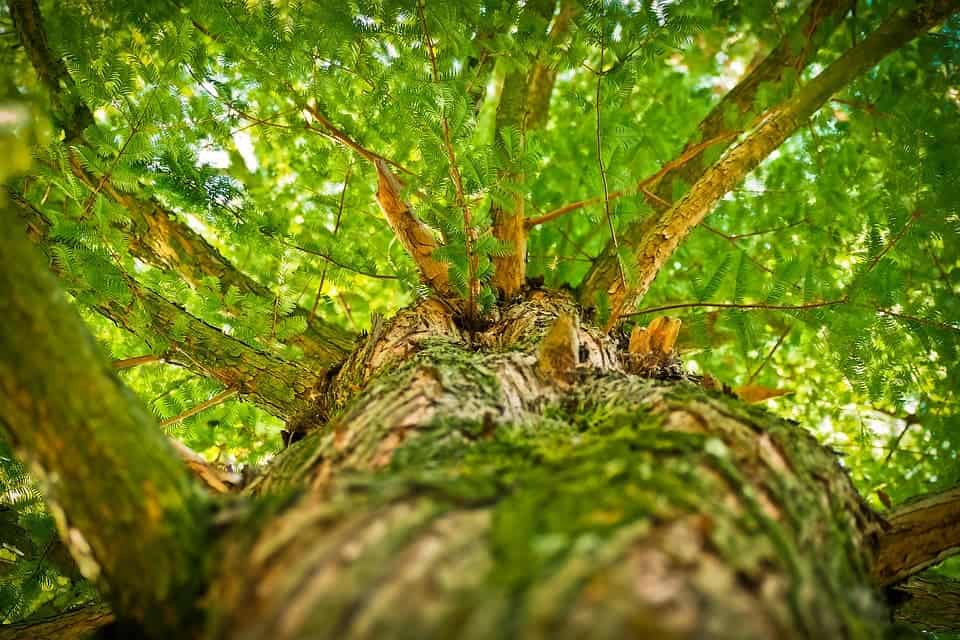Climate change won’t do the world’s forests much good. A new paper reports that certain shifts, however, may actually play in the trees’ benefits and take the edge off the risks they face. However, the authors warn that overall, climate change will negatively impact trees, and identifies which forests are likely to fare better or worse.
It’s hard to overstate how critical healthy forests are for ecosystems worldwide. They underpin water and nutrient cycles, soak up a huge quantity of carbon, and provide room and board for a huge number of species. So anything that has the potential to kill trees off is bad news for pretty much everything else on the planet — rising temperatures and more frequent droughts associated with climate change certainly have that potential.
Tree-rific
The problem isn’t just that these changes are taking place, but the specific way climate change is inflicting them on the trees causes additional hardships for them. Low levels of rainfall are certainly a problem if you’re a tree, but it’s an especially bad problem during the growing season, for example.
Then, there’s the mixed-bag of problems. These impact the trees both negatively and positively. Take higher concentrations of CO2 in the air, for example. They lead to higher average temperatures, which on the one hand mean that trees have to transpire more, and water evaporates from the ground faster, so the trees have less to spare. On the other hand, more humid air, coupled with higher levels of CO2 means the trees can grow more efficiently (“carbon fertilization effect”).
To get an estimate of how these effects stack up, a team of researchers at Duke University tried modeling these different effects under a range of different climate change scenarios. Led by Yanlan Liu, a PhD student at the university’s Nicholas School of the Environment, the team estimated the toll climate change will take on 13 forests in tropical and temperate settings from around the world. Both broadleaf forests (such as those in the eastern USA or the Amazon) and needleleaf forests (like those in Canada) were included in the analysis.
For their predictions, the team worked with a wide range of possible future changes in temperature and precipitation levels. They combined this data with models describing how trees absorb water and CO2 under different conditions to estimate how each scenario would affect forest death.
Killer heat
Their first models looked just at precipitation and temperature. Assuming mean global temperatures will increase by around 1.4°C by 2065, evergreen needleleaf forests will take a very strong hit. The particular combination of drought and heat under this scenario would increase the “absolute risk of mortality” for needleleafs from under 3% to 10% (a 200% increase). Deciduous broadleaf forests and jungles would see smaller increases in risk.
Once the rise in humidity and CO2 levels were factored in, the results changed quite significantly. Evergreen needleleafs would see a 101.1% increase in relative mortality risk (from 3% to 6%), jungles would see a 19.6% increase, while deciduous broadleafs will actually fare a bit better than before and see their relative mortality risk drop by around 18.3%.
The team notes that because there’s so much uncertainty built into the models their results span a wide range of possible outcomes. The main takeaways, however, stay quite similar throughout.
In almost every scenario, from very mild changes to the really dramatic ones, evergreens see an increase in relative mortality risk (even after factoring CO2 and humidity). Jungles fare pretty OK unless we’re talking about more extreme climate changes (CO2 and humidity did mitigate the effects but not fully). Deciduous forests remain largely unaffected by milder changes and actually see lower relative mortality risks in more extreme scenarios. Still, these findings should be taken with a grain of salt.
The authors explain that the factors they modeled aren’t the only effects that play a role in forest health. Other climate-related phenomena like forest fire frequency or insect prevalence will take their toll so overall, the “estimated risk should be interpreted with care,” the authors note.
We still don’t understand what plays into tree’s mortality risk, the team concludes, but even so, the findings should give us a general idea of what to expect in the future — and we should plan our conservation efforts accordingly.
The paper “Increasing atmospheric humidity and CO2 concentration alleviate forest mortality risk” has been published in the journal Proceedings of the National Academy of Sciences.










